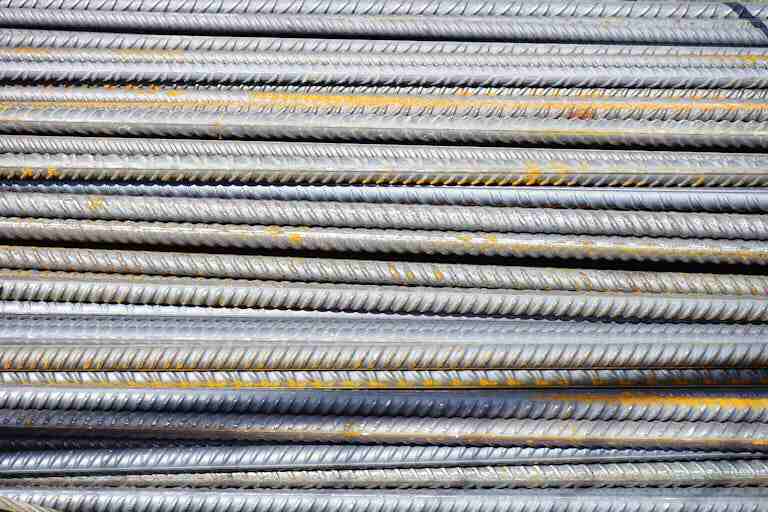Different Grades of Cement and Their Uses | A Complete Guide
Cement is the foundation — quite literally — of any construction work. However, not all cement is the same. Depending on the type of structure, environmental exposure, and required strength, the type and grade of cement must be carefully selected. Let us look at the different cement grades and their uses.
In this blog post, we’ll cover the different grades and types of cement like OPC, PPC, PSC, and the popular grades 33, 43, and 53 — and where each one is used.

📌 What Are the Different Types of Cement?
Cement types are classified based on composition and manufacturing methods.
Let’s review the cement grades and their uses
1. Ordinary Portland Cement (OPC)
Ordinary Portland Cement – OPC is the most commonly used cement worldwide. It comes in three grades — 33, 43, and 53 — based on compressive strength after 28 days, measured in Megapascals (MPa).
- OPC 33 Grade:
Suitable for general construction work that does not require very high strength (e.g., residential houses). - OPC 43 Grade:
Used for precast concrete, plastering, flooring, and where moderate strength is needed. - OPC 53 Grade:
High-strength cement perfect for high-rise buildings, bridges, and heavy structural works.
🧱 Uses:
- Structural buildings
- Bridges and roads
- Precast concrete products (pipes, tiles, etc.)
2. Portland Pozzolana Cement (PPC)
Portland Pozzolana Cement (PPC) is made by blending OPC clinker with pozzolanic materials (like fly ash, volcanic ash, or silica fumes).
✅ Advantages:
- Increased durability
- Better resistance to chemicals
- Low heat of hydration (reduces cracks)
🧱 Uses:
- Dams, sewage systems
- Marine structures
- Residential buildings (especially in humid areas)
3. Portland Slag Cement (PSC)
Portland Slag Cement (PSC) is manufactured by grinding OPC clinker with granulated blast furnace slag.
✅ Advantages:
- Excellent resistance to corrosion
- Great for areas with sulfate attacks or acidic waters
🧱 Uses:
- Marine constructions
- Sewage treatment plants
- Foundations in water-logged areas
📌 Different Cement Grades and Their Uses Explained (33, 43, 53)
📈 Cement Grade Chart:
| Grade | Compressive Strength (MPa) | Typical Uses |
|---|---|---|
| 33 Grade | 33 MPa after 28 days | Residential work, plastering, non-load-bearing walls |
| 43 Grade | 43 MPa after 28 days | Precast concrete, flooring, slabs |
| 53 Grade | 53 MPa after 28 days | High-strength structures like bridges, flyovers |
⚡ Important Tip:
- Higher grade ≠ always better.
- Choose the grade based on project requirement, budget, and durability needed.
📌 How to Choose the Right Cement?
- Residential Construction:
- PPC or OPC 43 Grade
(Good strength, good workability, cost-effective)
- PPC or OPC 43 Grade
- Heavy Load Structures:
- OPC 53 Grade
(High early strength, ideal for fast construction)
- OPC 53 Grade
- Marine/Water Contact Structures:
- PSC or PPC
(Better resistance against corrosion and chemicals)
- PSC or PPC
- Roads/Bridges:
- OPC 53 Grade or Blended Cement for durability.
🏗️ Conclusion
Choosing the right cement type and grade is crucial for ensuring the longevity and safety of a building. While OPC 53 provides high early strength, PPC and PSC offer better durability and protection in challenging environments.
Understanding your construction needs NFP Group helps you make a more informed decision — ensuring your structures stand strong for decades!
🎯 Quick Summary:
| Cement Type | Strength | Durability | Main Use |
|---|---|---|---|
| OPC 33/43/53 | Varies | Moderate | General construction |
| PPC | Moderate | High | Marine, sewage, residential |
| PSC | High | Very High | Coastal, industrial, foundation work |








